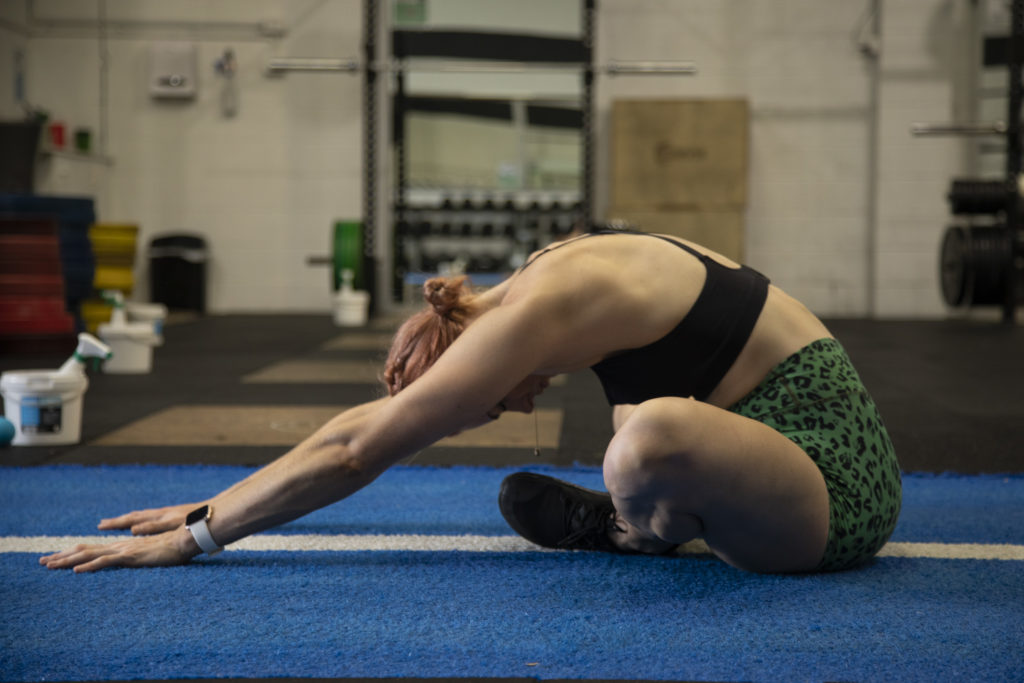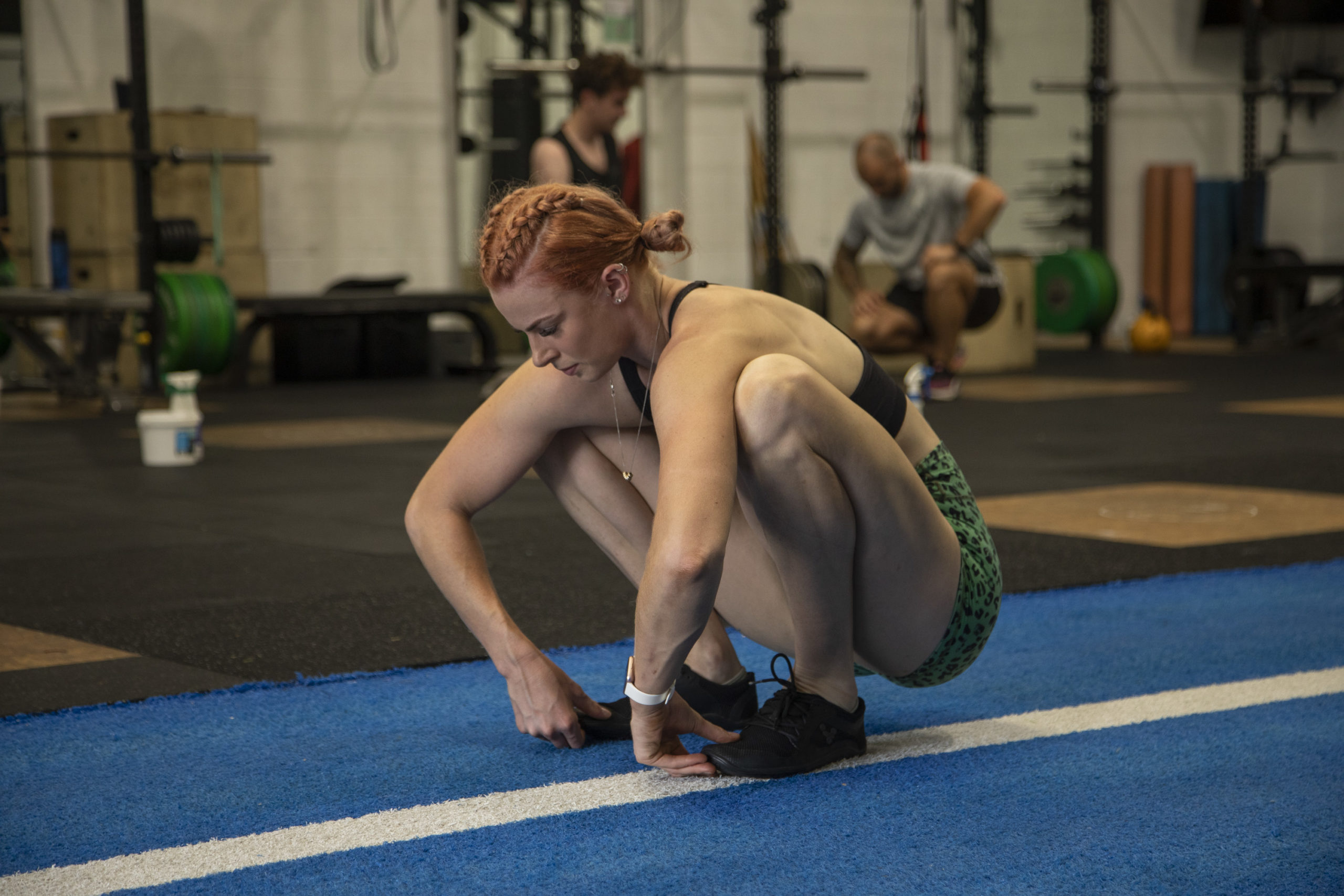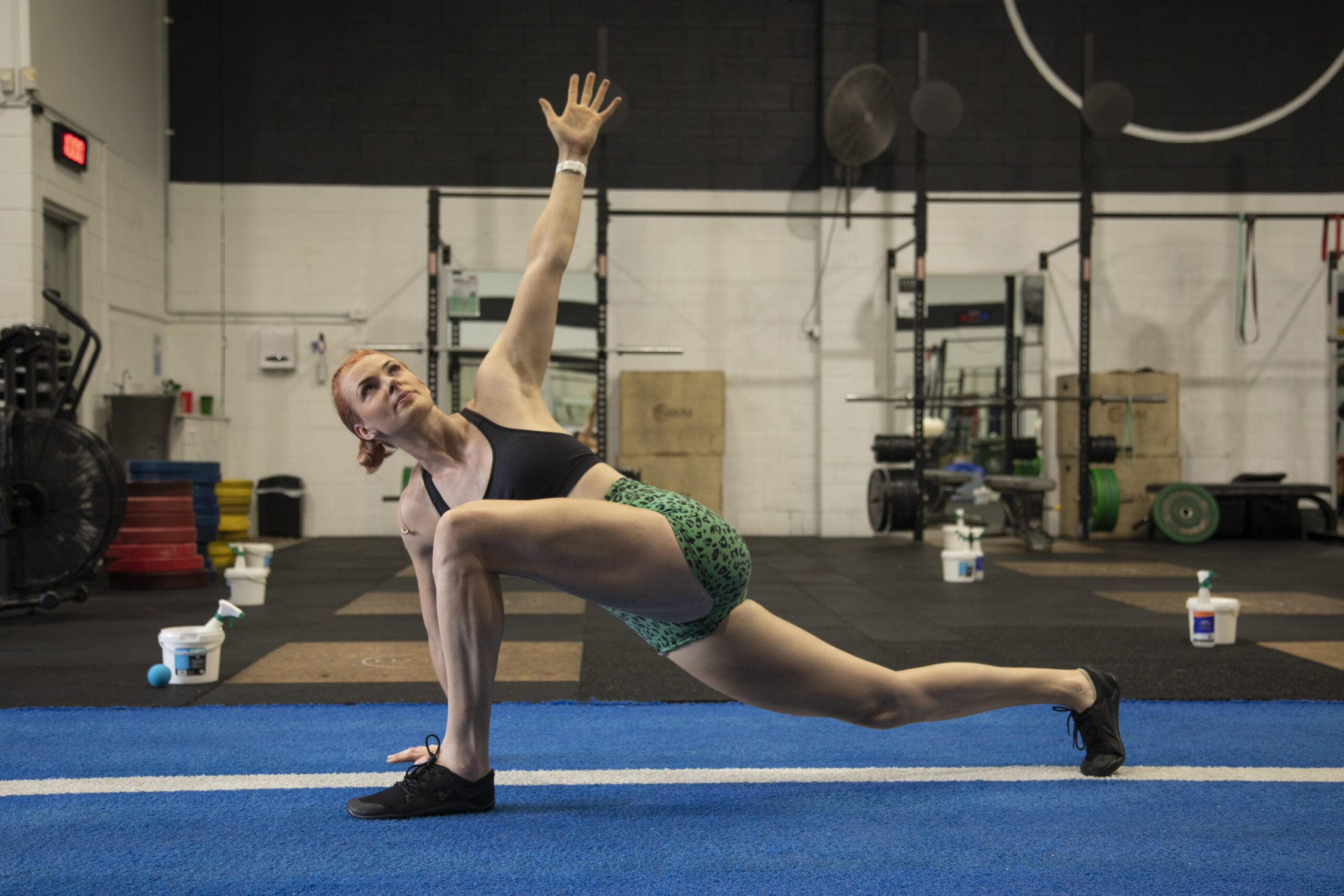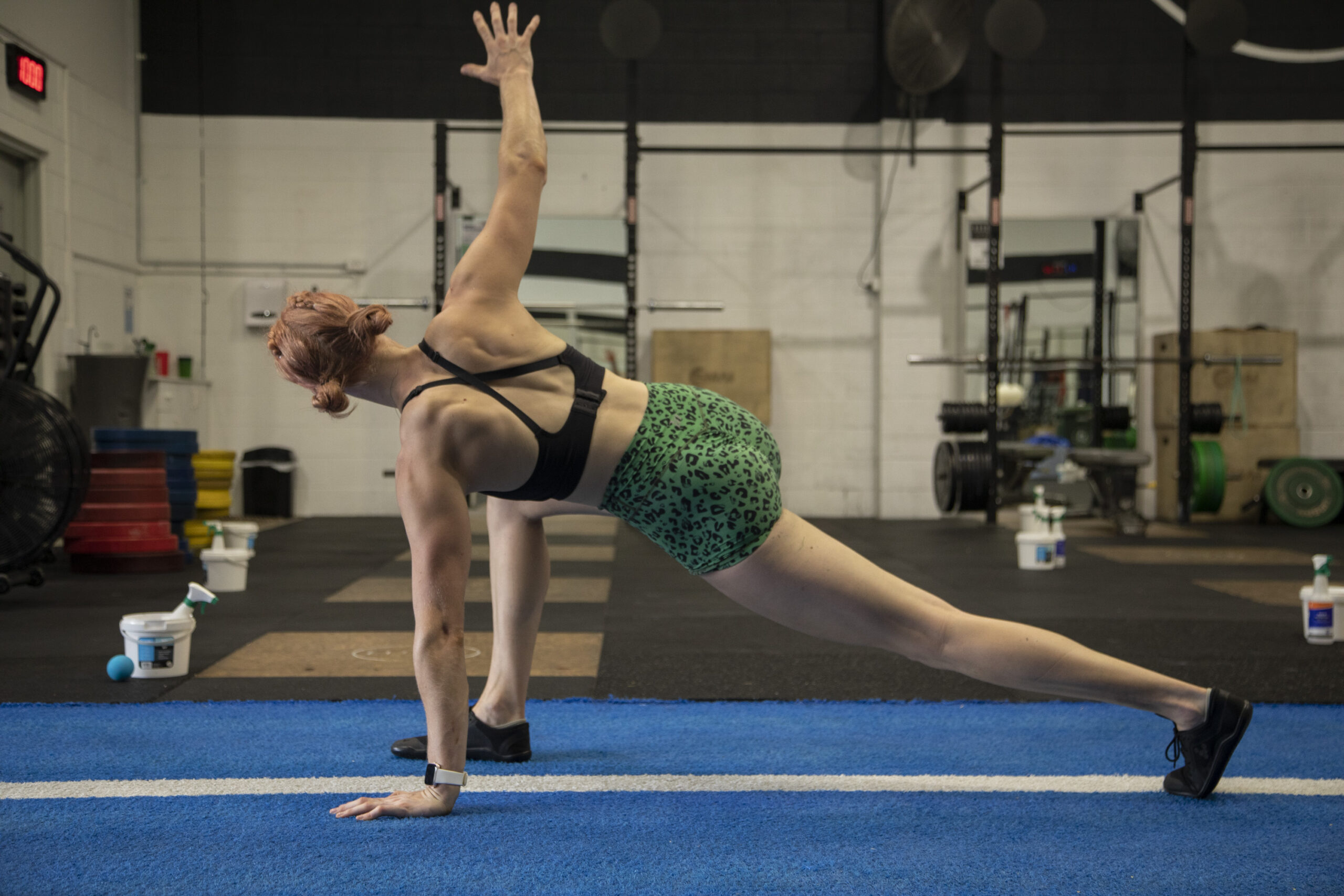As exercise physiologists, we have seen firsthand the negative impacts of overtraining on individuals. Overtraining occurs when an individual exercises too much, leading to a lack of proper recovery and negative impacts on their physical and mental health. However, there are ways to avoid overtraining and support recovery to ensure that you can exercise safely and effectively.

Understanding the Risks of Overtraining for Your Health
- Decreased immune function
- Increased injury risk
- Mental health issues like depression and anxiety
By exercising too much without proper recovery, individuals can cause more harm than good.
Studies have shown that overtraining can lead to a host of negative health impacts, including decreased immune function, increased injury risk, and mental health issues like depression and anxiety (1, 2, 3). By exercising too much without proper recovery, individuals can cause more harm than good. As exercise physiologists, we recommend a balanced approach to exercise that includes proper rest and recovery time, moderate progression in exercise routines, and supporting recovery with gentle activities like walking, swimming, yoga and meditation.
Recognising the Signs of Overtraining
- Physical symptoms: fatigue, decreased performance, increased injury risk
- Mental symptoms: irritability and depression
To avoid overtraining, it’s crucial to listen to your body and understand the signs of overtraining. Physical symptoms like fatigue, decreased performance, and increased injury risk, as well as mental symptoms like irritability and depression, can all indicate that an individual is overtraining (4, 5). By paying attention to these signs individuals can adjust their exercise routines as needed to avoid overtraining. We recommend monitoring and adjusting your exercise routine based on your body’s feedback.

Strategies to Avoid Overtraining and Promote Recovery
- Gradual progression and moderation in exercise routines
- Proper rest and recovery time
- Adequate nutrition and hydration
- Monitoring and balancing stress
- Adjusting your exercise routine based on your body’s feedback
In addition to monitoring signs of overtraining, there are several strategies that can help individuals avoid overtraining and promote recovery. Proper rest and recovery time, adequate nutrition and hydration, and monitoring and balancing stress are all crucial for maintaining a balanced exercise routine (6, 7). Adjusting your exercise routine based on your body’s feedback can also help prevent overtraining and promote recovery.
Supporting Recovery to Prevent Overtraining and Promote Good Health
- Foam rolling
- Massage therapy
- Yoga
- Good sleep habits
- Proper nutrition

Finally, it’s important to support recovery through proper post-workout techniques. Techniques like engaging in a relaxing physical activity, massage, yoga and meditation among many others can all help promote recovery and prevent overtraining (8, 9). Good sleep habits and proper nutrition are also crucial for maintaining good health (10, 11).
In conclusion, overtraining can have serious negative impacts on physical and mental health. As exercise physiologists, we recommend that individuals take a balanced approach to exercise, including proper rest and recovery time, moderate progression in exercise routines, and supporting recovery with techniques like foam rolling and yoga. By taking these steps, individuals can avoid overtraining and exercise safely and effectively for better overall health. If you have concerns about your exercise routine or are experiencing symptoms of overtraining, consider consulting with an exercise physiologist for personalised guidance and support.
References:
- Nieman DC. Exercise, infection, and immunity. International Journal of Sports Medicine. 1994;15(Suppl 3):131-141.
- Hoffman MD. Overtraining, Exercise, and Adrenal Insufficiency. Sports Health: A Multidisciplinary Approach. 2012;4(2):128-133.
- Budgett R. Fatigue and underperformance in athletes: the overtraining syndrome. British Journal of Sports Medicine. 1998;32(2):107-110.
- Meeusen R, Duclos M, Foster C, et al. Prevention, diagnosis, and treatment of the overtraining syndrome: joint consensus statement of the European College of Sport Science and the American College of Sports Medicine. Medicine and Science in Sports and Exercise. 2013;45(1):186-205.
- Budgett R. Fatigue and underperformance in athletes: the overtraining syndrome. British Journal of Sports Medicine. 1998;32(2):107-110.
- Carfagno DG, Hendrix JC. Overtraining syndrome in the athlete: current clinical practice. Current Sports Medicine Reports. 2014;13(1):45-51.
- Armstrong LE, VanHeest JL. The unknown mechanism of the overtraining syndrome: clues from depression and psychoneuroimmunology. Sports Medicine. 2002;32(3):185-209.
- MacDonald GZ, Penney MD, Mullaley ME, Cuconato AL, Drake CD, Behm DG, Button DC. An acute bout of self-myofascial release increases range of motion without a subsequent decrease in muscle activation or force. Journal of Strength and Conditioning Research. 2013;27(3):812-821.
- Hennigar SR, McClung JP, Pasiakos SM. Nutritional interventions and the IL-6 response to exercise. The FASEB Journal. 2017;31(9):3719-3728.
- Mah CD, Mah KE, Kezirian EJ, Dement WC. The effects of sleep extension on the athletic performance of collegiate basketball players. Sleep. 2011;34(7):943-950.
- Rosenbloom CA, Coleman EJ. Sports Nutrition: A Practice Manual for Professionals. 5th ed. Academy of Nutrition and Dietetics; 2012.
*Note: This blog is not intended to replace medical advice. If you are experiencing symptoms of overtraining, consult with a medical professional before continuing with exercise.






